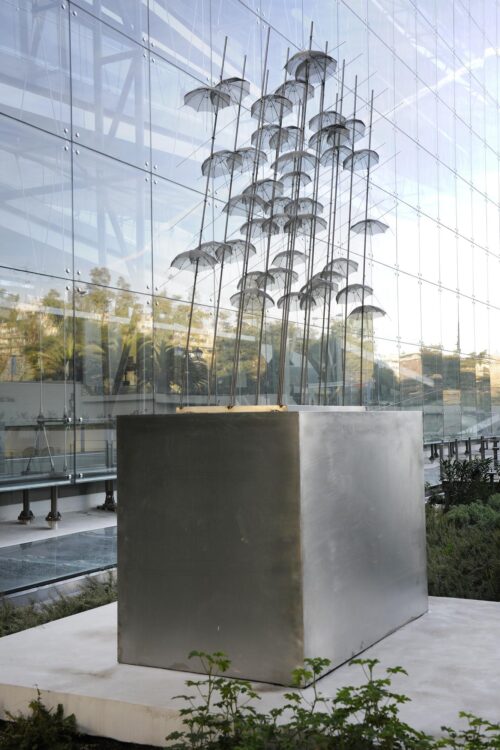
Zongolopoulos Giorgos (1903 - 2004)
Umbrellas
He studied sculpture at the Athens School of Fine Arts (1924-1930) with Thomas Thomopoulos. During his studies, he collaborated with architects and painters. From 1930 until the German Occupation, he worked as an architect at the Architecture Department, Ministry of Education, where he designed and constructed school complexes and churches. During a visit to Paris in 1937, he discovered the work of Charles Despiau. In 1949, on scholarship from the French government, he stayed in Paris for a year, working at Marcel Gimond’s workshop; during 1953-1954, he went to Italy on Greek State scholarship to study bronze casting, Etruscan art and the work of great masters, such as Michelangelo, Andrea Pisano, Donatello, Giacomo Manzu and Arnaldo Pomodoro.
In 1936, his first solo exhibition was held at the Stratigopoulos Gallery, followed by solo exhibitions in Greece and other countries and contributions to group and international exhibitions, including Panhellenic exhibitions, the Venice Biennale (1940, 1956, 1964, 1993, 1995) and the Sao Paulo Biennale (1957), Paris Salons as well as the exhibitions of the Association of Greek Artists and groups “Techni” [Art], “Stathmi” [Spirit Level], “Armos” [Junction] and “Tomi” [Section] as well as the “Group for Communication and Education in Art,” of which he was member.
Especially interested in the integration of sculpture with the environment, he repeatedly collaborated with architects and was awarded in architectural contests and also for works erected or designed for public sites. Among other awards, he received the first award for the Monument for the Women Heroes at Zalongo (1954-1960) in collaboration with the architect Patroclos Karantinos, for the sculpture at the entrance to the Thessaloniki International Fair (1966) and the Monument of the Fallen of the Municipality of Nikaia; also for his designs for the Omonoia Square new layout (1958-1960) in collaboration with the architect K. Bitsios, Klafthmonos Square (1981) and the National Resistance Monument at Gorgopotamos (1986) in collaboration with the architect A. Tombazis, which did not materialise.
A bold and imaginative artist, he began from a realistic depiction of human figures in plaster, marble, stone and bronze, before progressively advancing towards stylisation and abstraction. Since around 1960, he has switched to abstraction, creating constructivist metal works. His materials have progressively expanded to embrace various combinations of nickel, glass, Plexiglas, stainless metal, lenses, springs, nails, pipes, umbrellas, and beams. He also introduced the void into his compositions. Moreover, water, sound and movement all contribute to the overall effect of his works.

Umbrellas
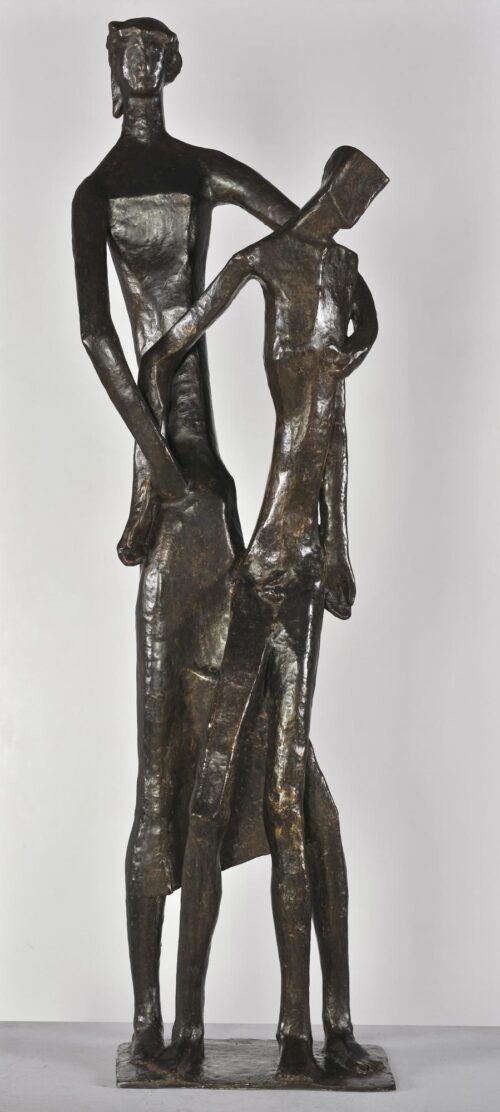
Composition for a Dramatic Theme, 1956
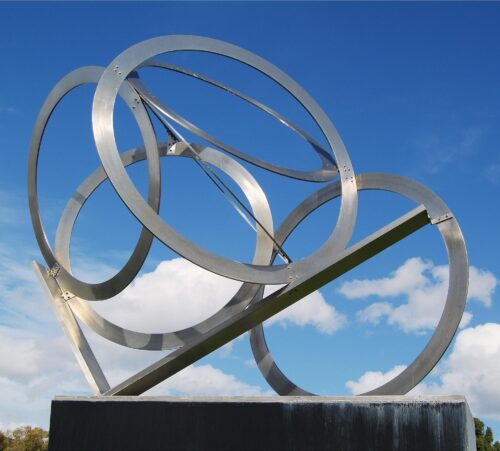
Composition of Circles, 1998
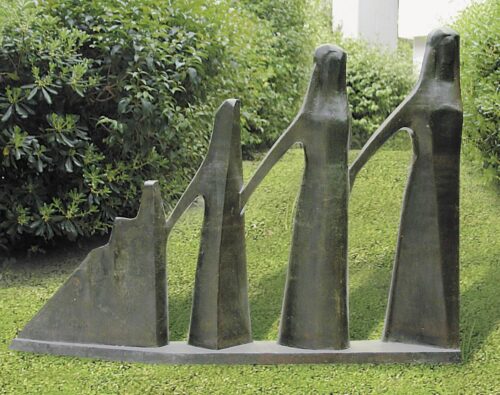
The Dance of Zalongo, 1953
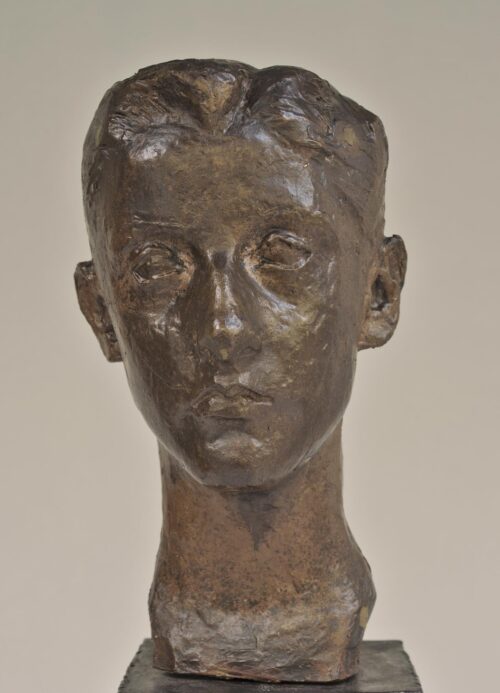
Head of a Girl (Portrait of Ms M.K.), 1939
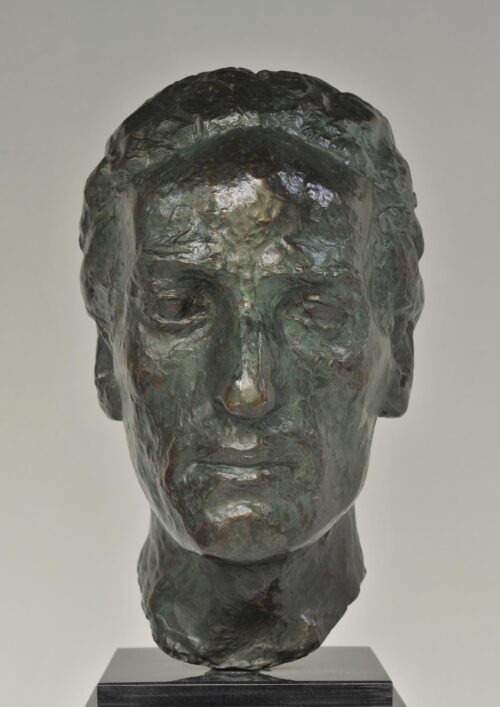
The Painter Mimis Vitsoris, 1934

We use cookies to make our site work properly, to personalize content and ads, to provide social media features and to analyze our traffic. We also share information about how you use our site with our social media, advertising and analytics partners. Read the Cookies Policy.
These cookies are necessary for the website to function and cannot be switched off in our systems. They are usually only set in response to actions made by you which amount to a request for services, such as setting your privacy preferences, logging in or filling in forms. You can set your browser to block or alert you about these cookies, but some parts of the site will not then work. These cookies do not store any personally identifiable information.
If you disable this cookie, we will not be able to save your preferences. This means that every time you visit this website you will need to enable or disable cookies again.
These cookies tell us about how you use the site and they help us to make it better. For example these cookies count the number of visitors to our website and see how visitors move around when they are using it. This helps us to improve the way our site works, for example, by ensuring that users find what they are looking for easily. Our website uses Google Analytics for statistics reporting.
Please enable Strictly Necessary Cookies first so that we can save your preferences!